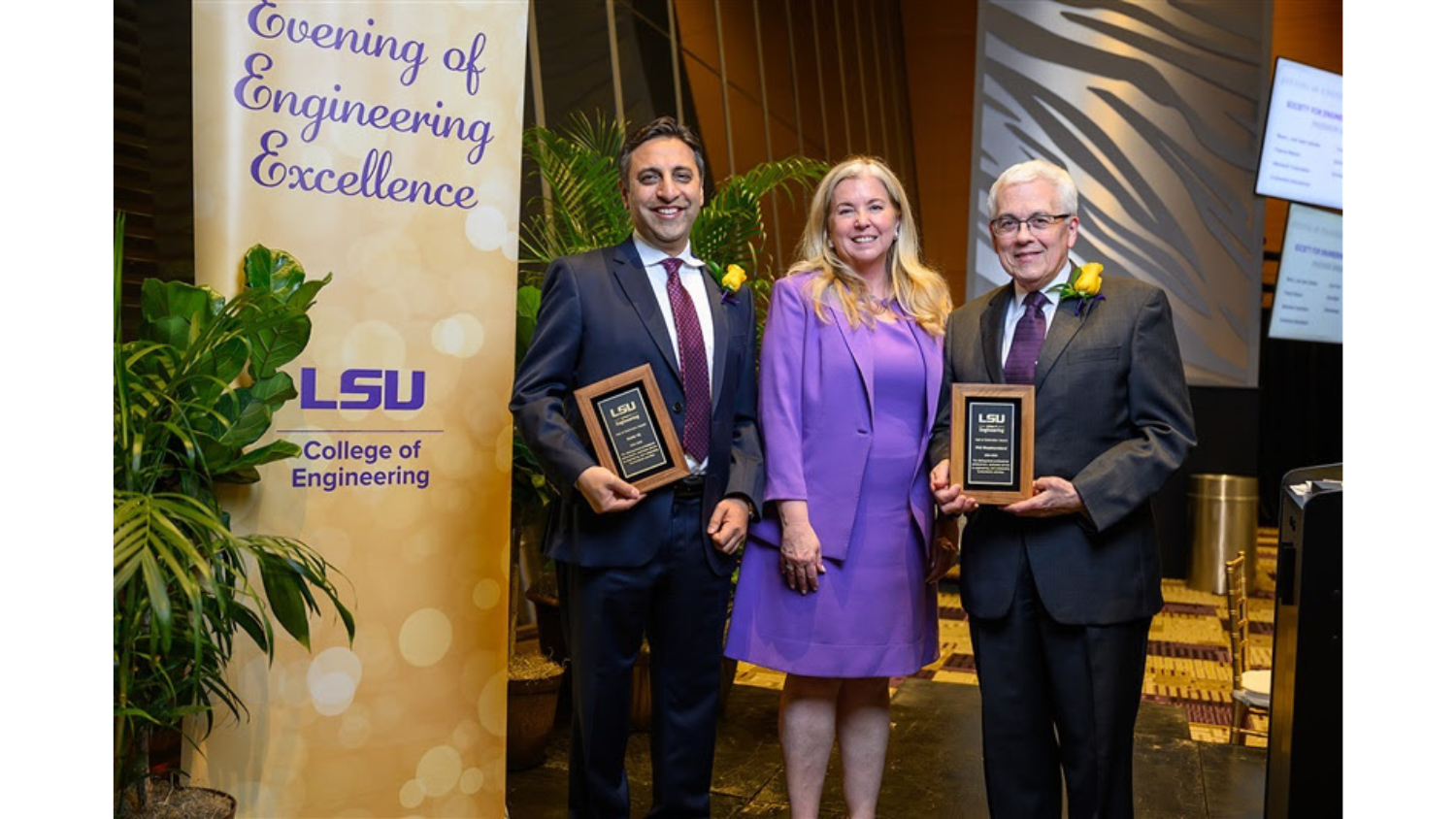Virtual Lab Finds the Right AI Tool for Each Chemistry Problem
Having the right tool for the job makes the job a lot easier, less expensive and faster. Professor Milad Abolhasani and his colleagues have developed a virtual laboratory that can be used to determine the artificial intelligence (AI) tools best suited for addressing various chemical synthesis challenges in flow chemistry systems.

“Autonomous systems have tremendous potential for accelerating chemical R&D and manufacturing, but they are not in widespread use yet,” says Professor Abolhasani, corresponding author of a paper on the work. “These systems face two kinds of challenges: finding or developing the right hardware for reliable, reproducible automated synthesis; and finding or developing the right ‘brain,’ or AI-guided decision-making algorithm, for efficiently determining the best way of synthesizing the desired material. My team focused on the hardware challenges with our Artificial Chemist project. The work we’re publishing now is focused on addressing the autonomous decision-making challenges.”
Abolhasani’s work stems from his observation that: A) there are a lot of different AI tools available; B) it’s not always clear which tool is the best fit for any given material synthesis problem; and C) whichever tool is selected, it will always need to be fine-tuned based on the chemistry problem.
“Recently, there has been increased interest in using off-the-shelf AI programs for modeling and optimization of chemical reactions,” Abolhasani says. “But those off-the-shelf AI techniques are not one-size-fits-all – they’re not all equally good at solving whatever material synthesis problem you want to address.
“Ultimately, we want to find the best AI model architecture for determining the best material formulation that gives you the target properties you are looking for. Not just identifying the best material, but the best way of producing that material so that it has the best possible combination of characteristics. And the best AI model architecture is going to vary depending on the material and the complexity of the challenge.”
So Abolhasani and his collaborators took an AI-driven approach to finding the best AI tool for each material synthesis problem.
“It would be impossible to do the millions of experiments necessary to determine which AI tools do the best job for addressing different kinds of material synthesis problems,” Abolhasani says. “So, we wanted a model that simulates a real-world microfluidic experimental platform to effectively run those millions of experiments for us.”
The researchers ran 1,000 experiments using their automated Artificial Chemist platform and used those experimental data points to train the virtual experimental platform.
For the work reported in the new paper, the virtual laboratory simulated more than 600,000 experiments, assessing more than 150 AI-guided decision-making strategies. If those experiments were run in the real world, even using automated systems and microscale volumes of material, the experiments would have taken 7.5 years of continuous robotic operation and 400 liters of reagents. Abolhasani’s team did it in about a month.
“We’ve effectively trained our virtual lab to choose the best AI tools for each material synthesis challenge,” Abolhasani says. “And those tools become more efficient every time we use them, helping us resolve increasingly complex challenges in chemistry and chemical engineering. Ultimately, we think that these AI-driven tools will be able to operate quickly enough to adjust operations as needed in real time.”
The paper, “Accelerated AI development for autonomous materials synthesis in flow,” is published in the journal Chemical Science. First author of the paper is Robert Epps, a postdoctoral researcher at NC State. The paper was co-authored by Amanda Volk, a Ph.D. student at NC State; and Kristofer Reyes, an assistant professor of materials design and innovation at the University at Buffalo.
The work was done with support from the National Science Foundation, under grants 1902702 and 1936527; the UNC Research Opportunities Initiative; and North Carolina State University.


